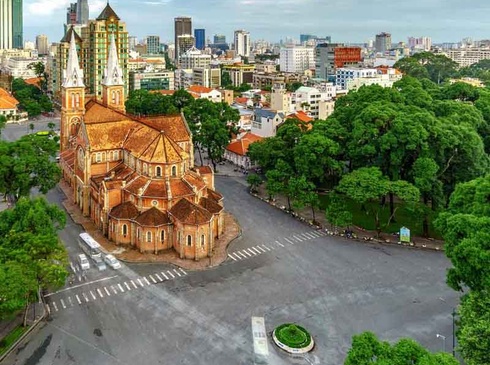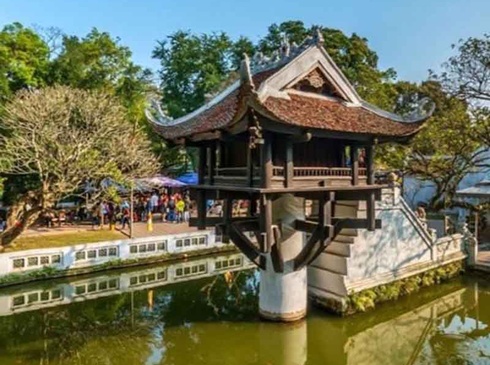Understanding the beauty of Vietnam Buddhism
Vietnam is known for its rich culture, tradition, and history. One of the significant aspects of Vietnam's cultural background is Buddhism. The religion's teachings have been deeply interwoven into the country's way of life for centuries. Buddhism has had a significant influence on the Vietnamese way of life and has shaped their ideology, art, literature, and architecture. In this blog post, we will delve deep into the Vietnamese version of Buddhism and try to understand its beauty.
.jpg)
The Basics of Vietnam Buddhism:
Buddhism was first introduced to Vietnam in the second century during the Han dynasty. It was a time when the trade relations between India and China were at their peak. During this time, many people from China started settling down in Vietnam. With them, they brought Buddhism. Since then, the religion has flourished in Vietnam, and today it is the second-largest religion in the country. Vietnam Buddhism is unique in its essence as it combines Theravada and Mahayana Buddhism.
The Beliefs and Practices of Vietnam Buddhism:
Vietnam Buddhism's beliefs and practices are a mixture of traditional Mahayana and Theravada Buddhist teachings. The primary beliefs of Buddhism include the law of Karma, the Four Noble Truths, and the Eightfold Path. The Buddhists in Vietnam are also influenced by their ancestors' worship, and therefore, they often practice ancestral worship. Another common practice in Vietnam Buddhism is meditation. The monks encourage their followers to practice meditation and mindfulness to achieve inner peace and enlightenment.
.jpg)
Buddhist Art and Literature:
Buddhism has influenced Vietnamese art and literature over the centuries. One of the most common forms of Vietnamese Buddhist art is the pagoda. A pagoda is a temple or shrine that houses the Buddhas and Bodhisattvas. The pagoda's architecture symbolizes mindfulness and serves as a reminder to the followers to follow the Eightfold path. Literature also holds an important place in Vietnam Buddhism. The Buddhist sutras are often written in the Vietnamese language, making them easily accessible to the followers.
The Role of Monks in Vietnam Buddhism:
The role of monks in Vietnam Buddhism is critical. Monks are considered to be the essential religious figures in the religion. They perform various duties such as leading prayer sessions, participating in meditation, and spreading the teachings of Buddhism. Buddhism has become an integral part of Vietnamese life, and the monks help their followers to understand and embrace the teachings.
.jpg)
The Impact of Vietnam Buddhism:
Vietnam Buddhism has had a significant impact on the country's culture and tradition. Religion plays a crucial role in shaping people's attitudes and beliefs. Buddhism has influenced Vietnamese society in many ways. It has helped to propagate a sense of peace, harmony, and compassion in the community. Vietnamese people are known for their kindness, and Buddhism has had a lot to do with it. It has helped them to cultivate a sense of compassion and empathy towards others.
Conclusion:
In conclusion, Vietnam Buddhism offers a unique perspective on the Buddhist religion. The religion's beliefs, practices, and art have been shaped by the country's history, culture, and traditions. Buddhism has become an integral part of the Vietnamese way of life, and the teachings have helped to cultivate a sense of peace and harmony in the community. We hope that this blog post has helped you to gain a deeper understanding of the beauty of Vietnam Buddhism.







